Discover the sweet rituals of courtship and nesting materials sharing between a pair of Orange-headed thrushes.

It was a sojourn that lasted a few moments last summer, under the canopy of a mango tree, and on the ground where sunrays were playing hide and seek with the dry leaves in my village. One was the King and the other, his Queen. Their
conjugal life was as colourful as their deep and bright orange-coloured bodies. Surprised? Confused? Allow me to elaborate.
The ‘King’ and the ‘Queen’ in my story are actually a pair of birds known as the Orange-headed thrush (Zoothera citrina), also called Dama in Bengali. This Citrina sub-species of the OHT is found across the north eastern Himalayan foothills. Another subspecies called caynotus looks a bit different with white patches on either side of their eyes, and are found across southern India.
The Orange-headed thrush is not very popular as a pet in India but is in high demand in South-East Asian countries, where these birds are commercially reared in Java and Indonesia. Known to be marvelous singers, the birds feature in famous ornithologist Salim Ali’s book Handbook of the Birds of India and Pakistan where he quotes: “A typical Thrush song, loud, sweet and variable with some very high pitched notes, reminiscent of the Blackbird’s; contains many successive repetition of strophes (as a European Song Thrush, Turdus philomelos) and faithful imitations of other birds’ songs and call. Uttered chiefly in the morning and evening while sitting motionless, wings drooping at the sides and tail held low; usually given from low trees or down in dense cover.”
I have never heard them sing very loudly. The male and the female look similar, barring one difference; the back of the male is grey while that of the female is brownish grey.
This story is from the December 2017 - February 2018 edition of Saevus.
Start your 7-day Magzter GOLD free trial to access thousands of curated premium stories, and 8,500+ magazines and newspapers.
Already a subscriber ? Sign In
This story is from the December 2017 - February 2018 edition of Saevus.
Start your 7-day Magzter GOLD free trial to access thousands of curated premium stories, and 8,500+ magazines and newspapers.
Already a subscriber? Sign In

Staying ALIVE!
The importance of getting to the root causes of conflict with wildlife, is essential. Its mitigation will guarantee the very survival of all species.
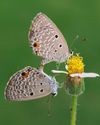
Frames from the WILD
A few amazing shots from a horde of incredible ones!
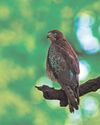
WAKE UP!
A frightening thought a world without wildlife, mornings without birdsong, and all that we take for granted! We must realise the dangers threatening the beauteous green world and its inhabitants around us!

Dolphin DILEMMA!
A crucial article to highlight the significance, and plight of Our riverine friends.
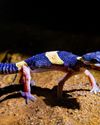
Gecko Quest!
The authors take us on the trail of a gecko from West Bengal, through the hills of the Bankura district.

Endangered EXOTICA!
The author takes us on an exotic ride into the forests of Malaysia, allowing us glimpses of the beauties of its wildlife!
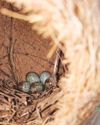
Mellifluous Magpie!
Immerse yourselves in the world of the musical and glorious Magpie Robin! The authors help acquaint us with this beautiful bird.

Think Different!
The author brings to us the very real concern for the horses employed around pilgrimage sites in India.
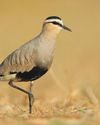
Take Heed!
The authors make a case for the conservation of the rare and lesser-known Sociable Lapwing.
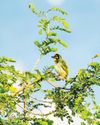
Close Encounters!
The author introduces us to two amazing yet very different bird species, showing us the diversity of our ecosystems,